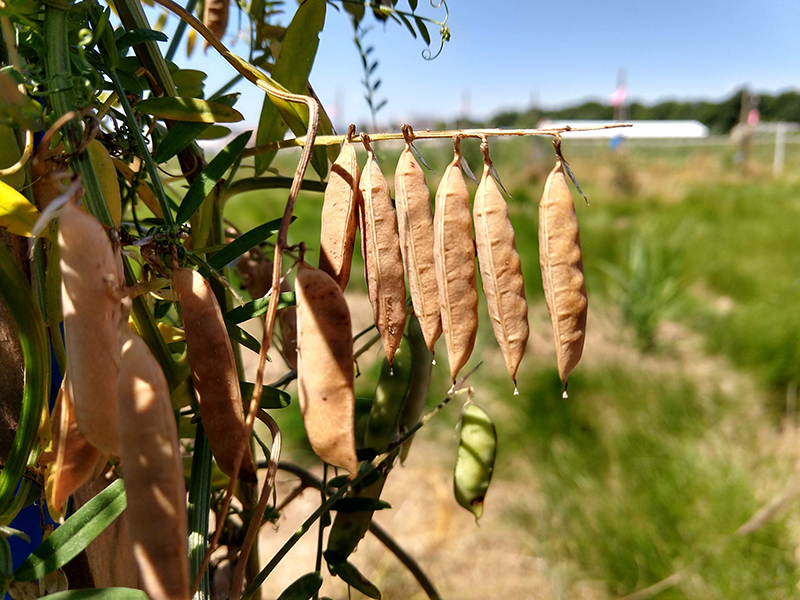Production Agriculture

Baking a cake from scratch has more variables than baking one from a boxed mix. Though one can debate why – and when – cake mixes were developed, they are popular, and produce a uniform product. (They were really patented in the 1930s!)

After decades of being relegated and regulated, research on industrial hemp as a valuable crop is far behind. That’s because the United States banned the use of hemp in the 1930s. The result was all research about this crop stopped, too. Now that the Farm Bill allows for the growing and use of industrial hemp, researchers have a decades-long gap in knowledge.

Cassava is a vital source of calories for close to a billion people across the world. The plant is a woody, perennial shrub with edible roots. Cassava roots are rich in carbohydrates, potassium, calcium, vitamins B and C, and essential minerals. Cassava plants can grow in relatively poor soils and in challenging environments.

As you start to plan for your Thanksgiving dinner, sweet potatoes are likely on the menu. Whether roasted and savory or topped with marshmallows, they’re a fall staple.


Drinking orange juice with breakfast has been a staple in kitchens for years. But a disease has been infecting citrus trees and reducing yields, threatening the supply. Called “citrus greening,” it causes trees to decline and die within three years. The disease destroys the production, appearance, and economic value of citrus trees and their fruit. There is no cure.

You may have heard the term “carbon sequestration.” In its basic terms, it refers to keeping and returning carbon to the soil. Since carbon is an element, how and why should this be done?

Both chemical fertilizers and cover crops can help build the nitrogen content in soil. But cover crops come with many other benefits, like improving soil structure and boosting beneficial microbes.


Sunflowers have many uses. They are used for floral arrangements, animal feed, biofuels, and even food for us.

When grown commercially by farmers, the quality of sunflowers is based on the oil and protein concentrations in the seeds.

Lima beans are packed with nutrients. They are an excellent source of protein and fiber. They are rich in vitamins and minerals.

Lima beans are also good for the environment and farmers. They are effective as cover crops and as green manure.

